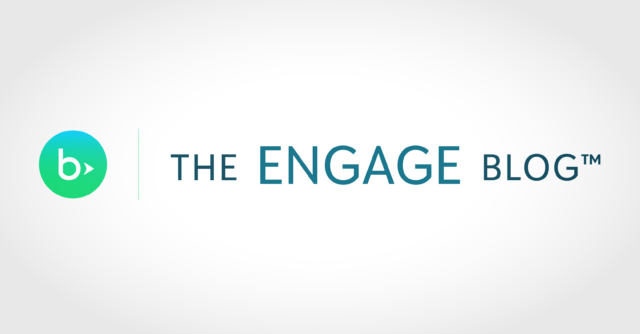Rapid Response at Critical Times of Need – An Essential Guide with Real World Examples

Rapid response is a top-of-mind topic for nonprofits of all shapes and sizes right now. Earlier this year Molly posted 7 quick tips to taking action quickly in times of need and numerous other resources and learnings have been put out since with the issue at top of mind for nonprofits and charities around the world (see: 5 Social Media Lessons From the Haiti Earthquake Relief Effort by Geoff Livingston, Helping Haiti: Places to Donate, Creative Fundraising Ideas and Being a Smart Donor by Britt Bravo, How to Communicate in the Shadow of Disaster — Guidelines for Respectful but Effective Outreach by Nancy Schwartz, The Social Media Response to Disaster in Haiti by Amy Sample Ward and Text-to-Give Fundraising Campaigns Take Off by Joanne Fritz amongst others)
Being prepared for an unforeseen surge of donations is something every nonprofit should be positioned for, and the swell of attention doesn’t need to come only from a natural disaster. Unanticipated press coverage and subsequent attention on your cause can be the result of change of law or a court’s ruling. It may even be as simple yet unexpected as a pop culture figure bringing an issue to the forefront through controversy. The lesson far too many nonprofits learn the hard way is how to be prepared for unplanned events.
In a follow-up piece to Molly’s original 7 quick tips, a new guide entitled “Be Prepared When Your Mission Calls” is now available with an in-depth look at rapid response preparedness and case studies on nonprofits that have leveraged the best practices outlined here to maximize fundraising and outreach success in times of need.
A few of the top takeaways from the guide include:
Respond Quickly – When communicating during times of crisis, simplicity and effectiveness are far more important than design or prose. A straight-forward communication will help your supporters understand your organization’s position to the crisis and how they can support your efforts.
A quick response requires a quick setup – the more time you spend on approving messaging is less time you have to harness the energy and interest around your cause. Plan and prepare to the best of your ability so that you can respond rapidly.
Adjust Your Message – Sometimes messaging around an event requires sensitivity. But don’t let that inhibit your creativity to turn this concentration of awareness into something positive for your organization.
For example, The Polly Klaas Foundation, a national nonprofit committed to promoting child safety, demonstrated a unique way to adjust its message to help with emergency response while remaining true to their mission. In the aftermath of the Haitian earthquake, the Polly Klaas Foundation sent an email to their house file urging people to donate to specific international disaster relief agencies that “focus on protecting children who have been separated from their families, and helping those children reunite with family members.” This was an exceptional example of an organization finding a creative way to further their mission and adjust to a disaster despite the fact that donations would support other organizations.
Know the Plan – Working quickly sometimes is accompanied by haphazard decision making. The unintended fallout of such mistakes can be missed opportunities, offended donors or worse, PR problems. The number one mistake any organization can make is not having the right message on the right donation form at the right time. Planning for these events and knowing your anticipated response helps you to minimize the opportunity for error and maximize your capacity to seize the benefits a media spotlight can provide.
The Guide outlines the above best practices in detail, provides additional best practices and tactics to follow and offers examples from nonprofit peers highlighting successful ways they’ve followed the guide’s tips.
Have any other lessons learned or tips to add to the list? Know of an organization who exemplifies how to respond rapidly in times of need? Share them here so the nonprofit community can be better prepared the next time the need arises.